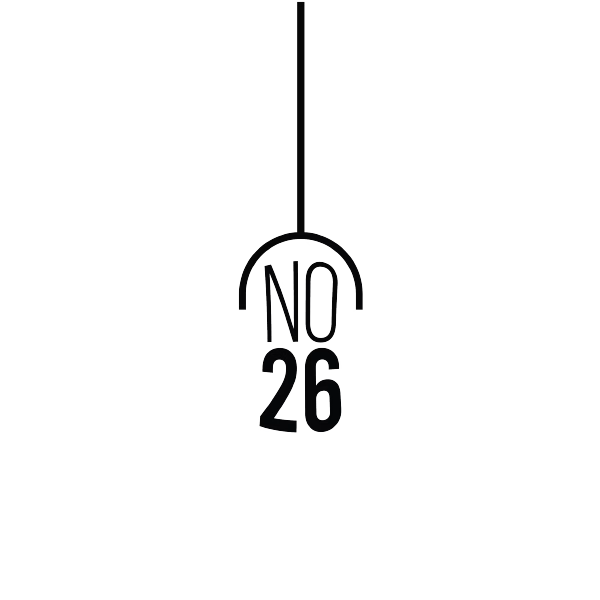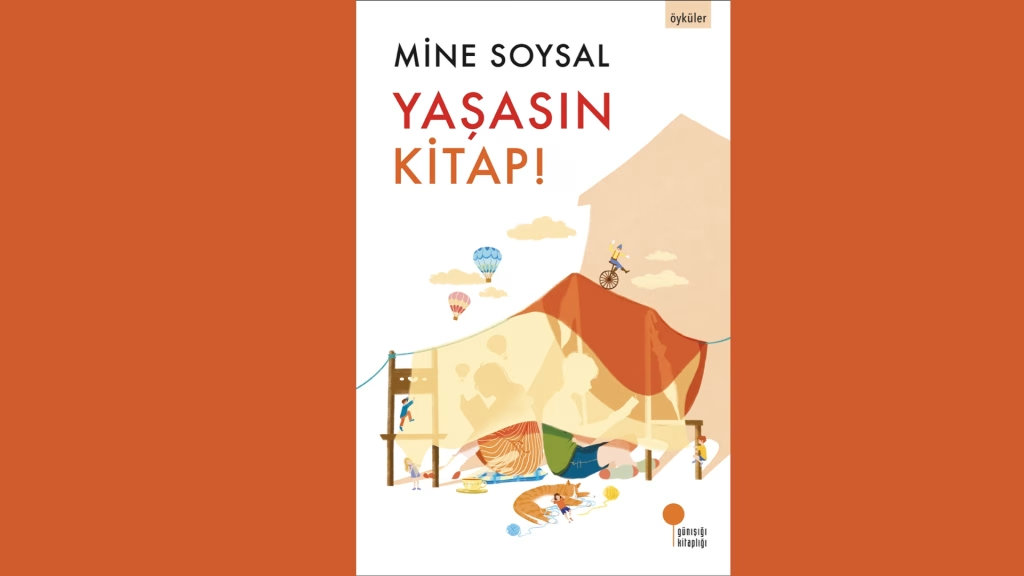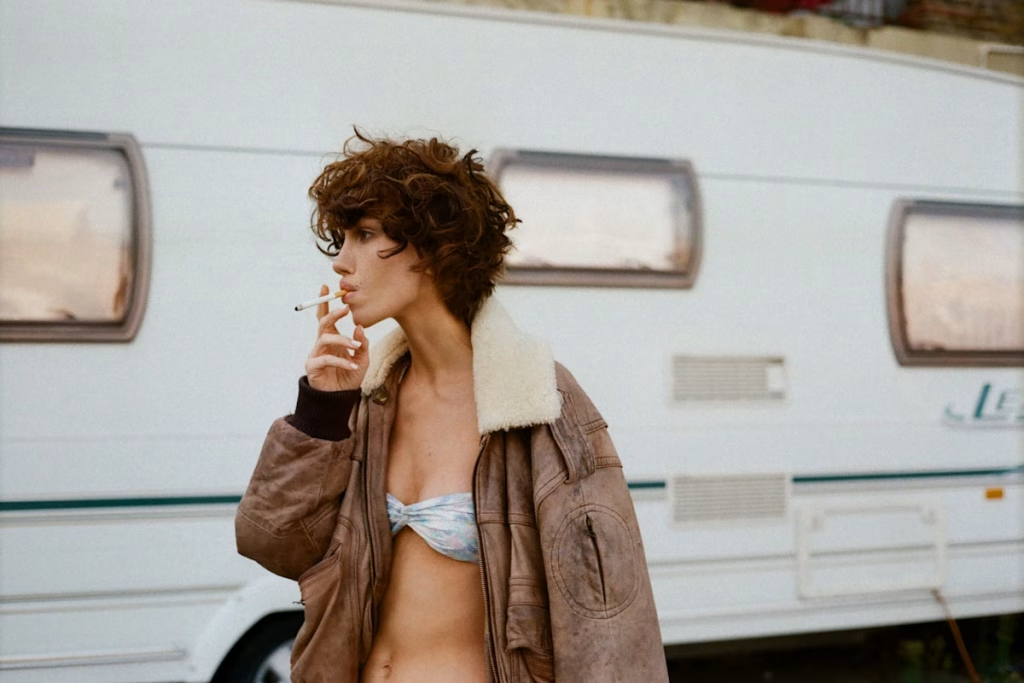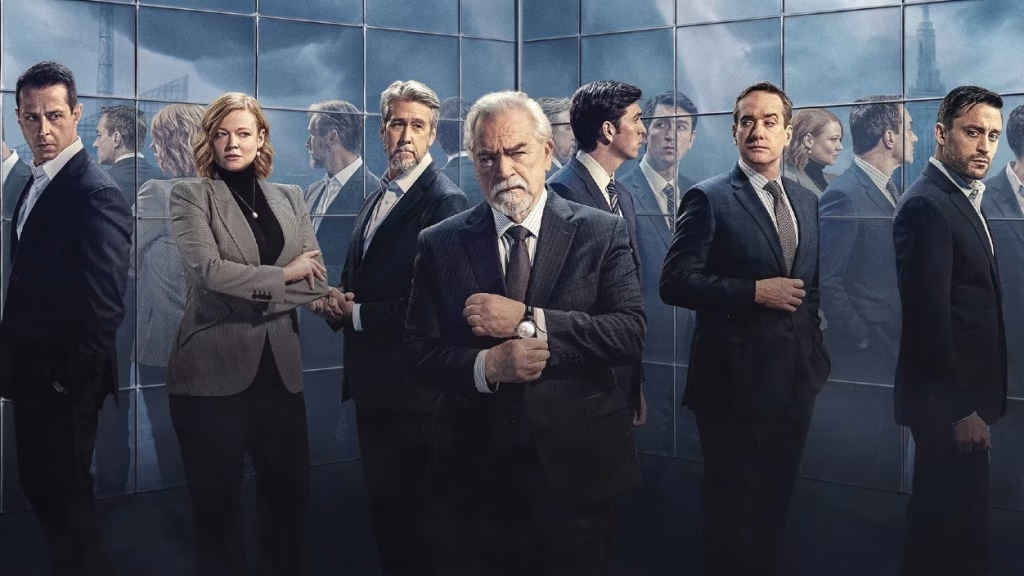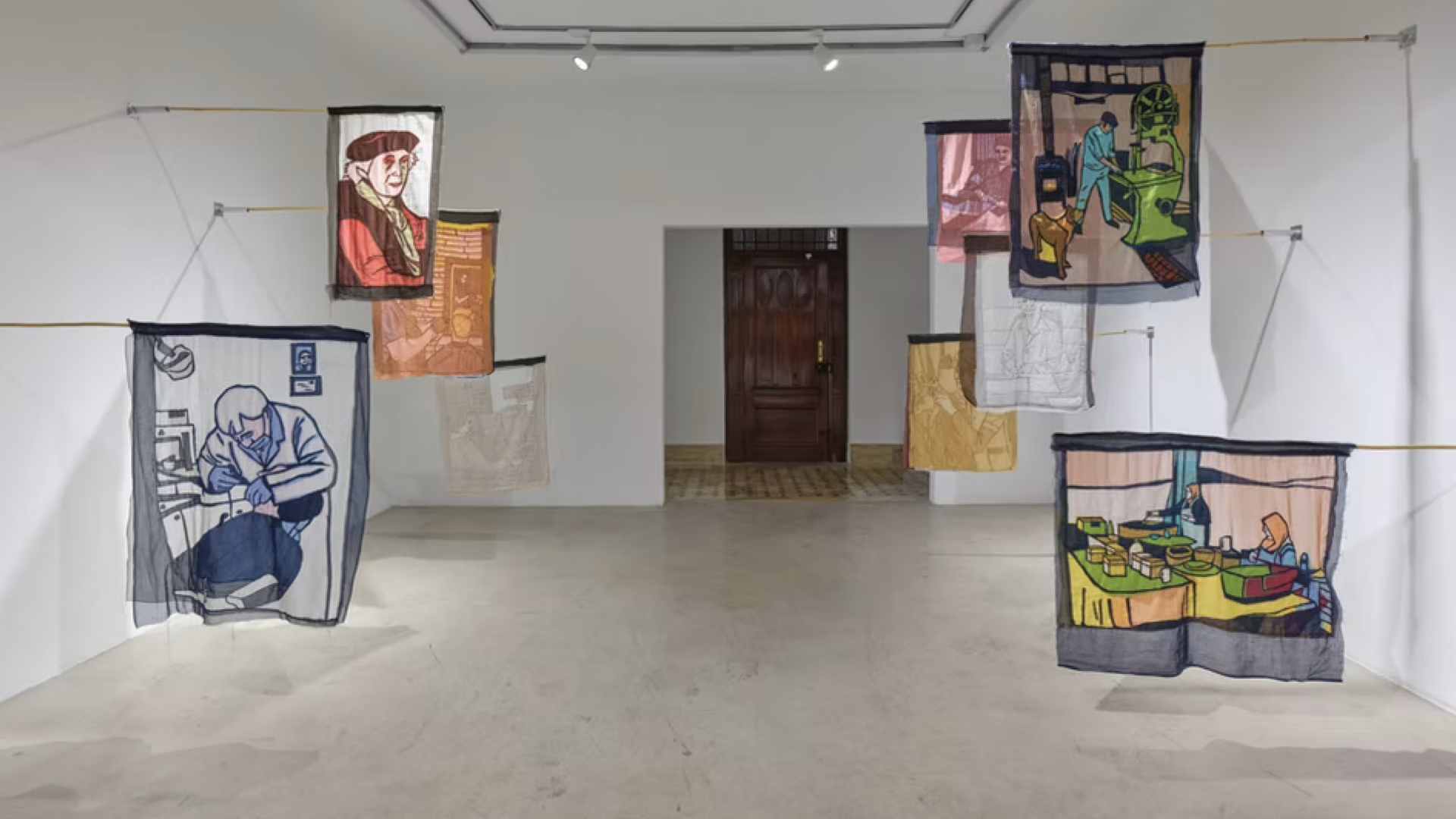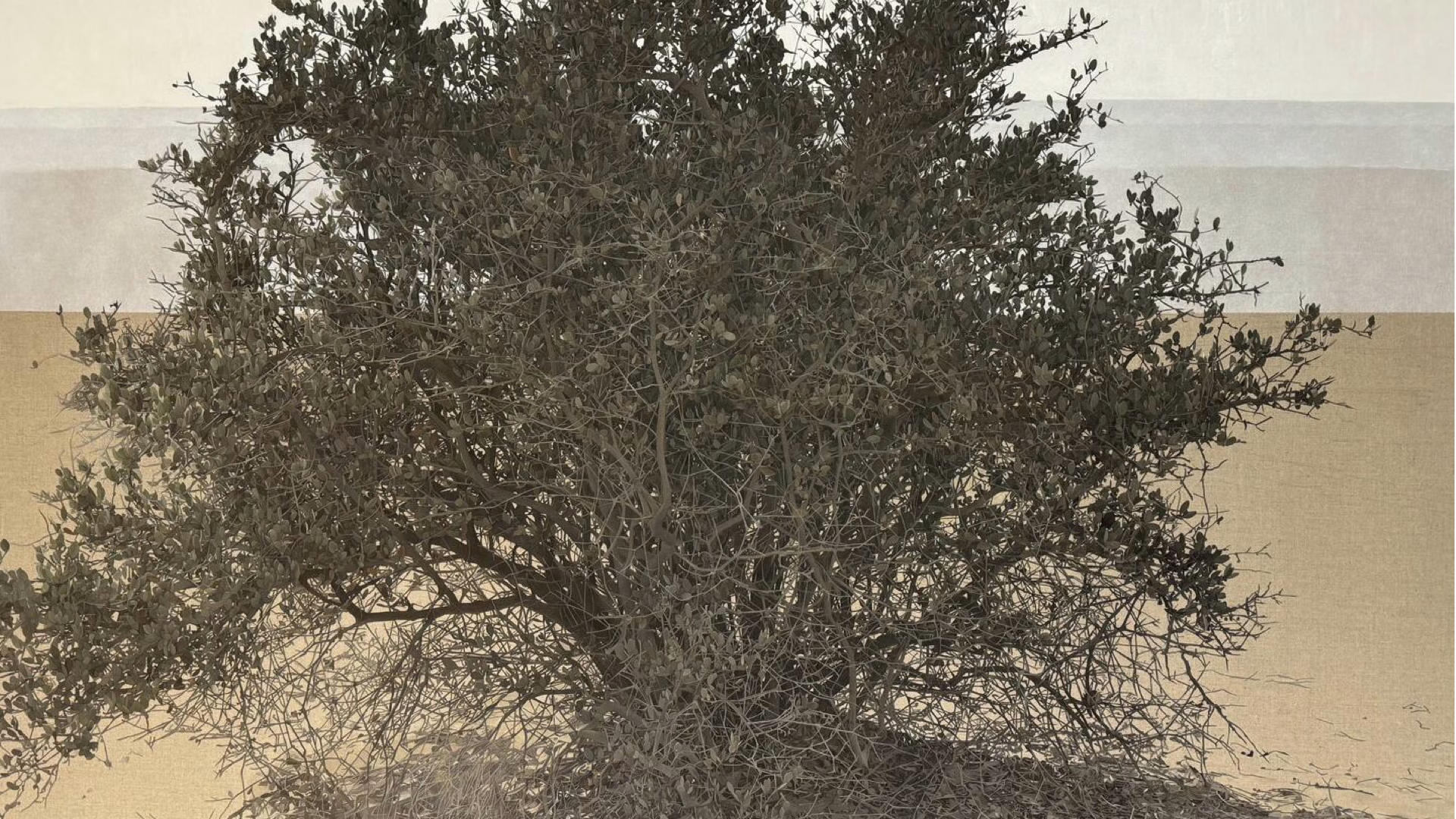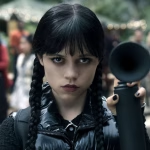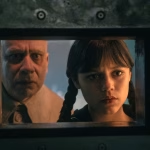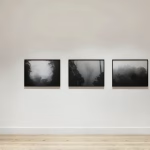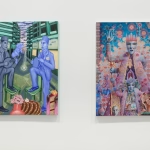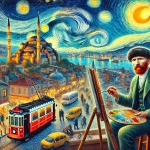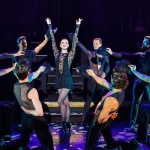The Best Horror Movies of 2025 (So Far)
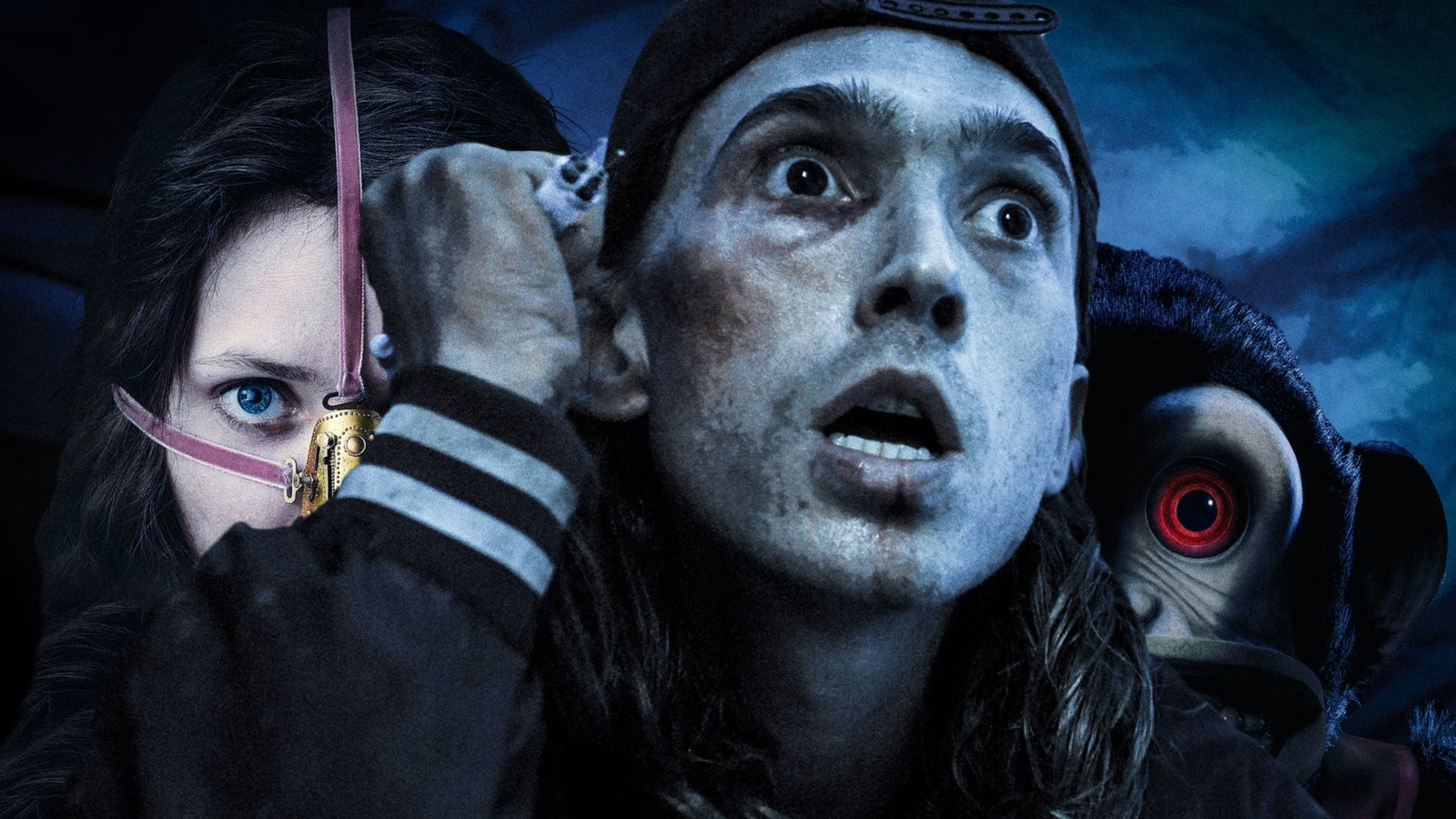
Horror remains a reliable harbor in the choppy seas of box office waters. 2025 has been bountiful in this regard: fresh ideas bared their vampire fangs, established franchises flexed their muscles, and another Stephen King adaptation burrowed deep into our psyches. Below, I’ve summarized the must-sees for your radar before the year ends—spoiler-free, in bite-sized form.
Ryan Coogler’s surprise hit Sinners fuses the blues’ vein with a tale of “outsiders” while channeling vampire mythology into something political, bloody, and downright fun. Few mainstream studio films tackle “cultural appropriation” this directly—and this cinematically.
On the franchise front, Final Destination: Bloodlines unexpectedly expands the universe. The Rube Goldberg-inspired deaths are already a feast; this time, there’s also an origin story probing why fate feels so personal. Tony Todd’s farewell is the cherry on top.
Originals that don’t get overshadowed by sequels are plentiful: David Cronenberg’s The Shrouds crafts a cold shiver in the triangle of grief, body, and technology; the idea of making the grave as visible as glass turns into one of his most fragile late-period works. Zach Cregger’s Weapons meets post-Barbarian expectations with its genre mash-up: blending comedy’s nerve-wracking synapses with paranoia and resolving it with a breathless finale.
Stephen King adaptations came in double force. The Long Walk brings a dystopian endurance race to the screen without crushing its emotion, evoking both military discipline and childhood fragility. Osgood Perkins’ The Monkey portrays the “cursed toy” less as a gimmick and more as a blind system treating death like law; its humor is pitch-black, its kills highly inventive.
Films centering young heroes pack a punch too. Clown in a Cornfield nominates Frendo as the year’s new slasher icon, while Eli Craig’s humor-violence balance flows in a tone that “starts like a Disney Channel show and floors the gas.” Danny & Michael Philippou’s Bring Her Back places trauma not behind supernatural mechanics but in front of them; the real horror echoes in the cold walls of the foster care system.
Companion, flipping the AI fairy tale on its head, boils the “android final girl” concept with feminism, updating the Stepford nightmare for 2025. Michael Shanks’ Together physicalizes codependency in relationships, masterfully holding disgust and tenderness in the same frame; the Dave Franco–Alison Brie chemistry is the icing.
Dangerous Animals, simmering sharks and serial killers in one pot, tips its hat to Jaws while turning the real monster human; Jai Courtney’s devilish charm propels the film. If Appleton hearts want something lighter, Josh Ruben’s Heart Eyes twists Tinder-era screwball comedy into a blood-red slasher; inventive kills + Olivia Holt–Mason Gooding chemistry = swipe right with confidence.
In horror’s internet universe, Shelby Oaks doesn’t just mimic found-footage; it expands its limits, merging a lost paranormal team’s legacy with modern myth-making. And from Norway, the body-fairy tale hybrid The Ugly Stepsister smears “Cinderella” beauty violence across stomach-churning body imagery; a clear nod to Cronenberg, but wielding the hammer deliberately over finesse.
Let’s close with “years later”: 28 Years Later is more restrained than expected; instead of painting a grand apocalypse, it meditates on accepting “neighboring death.” Still, it runs when needed—and bites hard.
In short, 2025 serves a menu for every horror palate: gothic woe, sarcastic conviction, technological chills, political bite marks… Whether you’re chasing slasher adrenaline or metaphorical heartache, at least a few from this list will suit your heart (and stomach tolerance).
Apartment No: 26 Note:
This year’s horrors aim beyond “jump scares”: grief, guilt, cultural plunder, patriarchy, and our umbilical tie to technology… They’re not mere jolts but lasting echoes. Balance your watchlist by genre: neutralize a “high-tension” with a “slow burn”; after a slasher, steady your pulse with a King adaptation. And please: watch what you can in theaters; horror works better in the dark.
